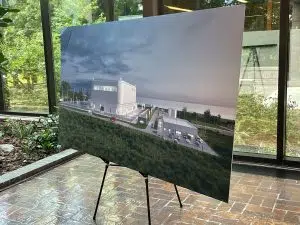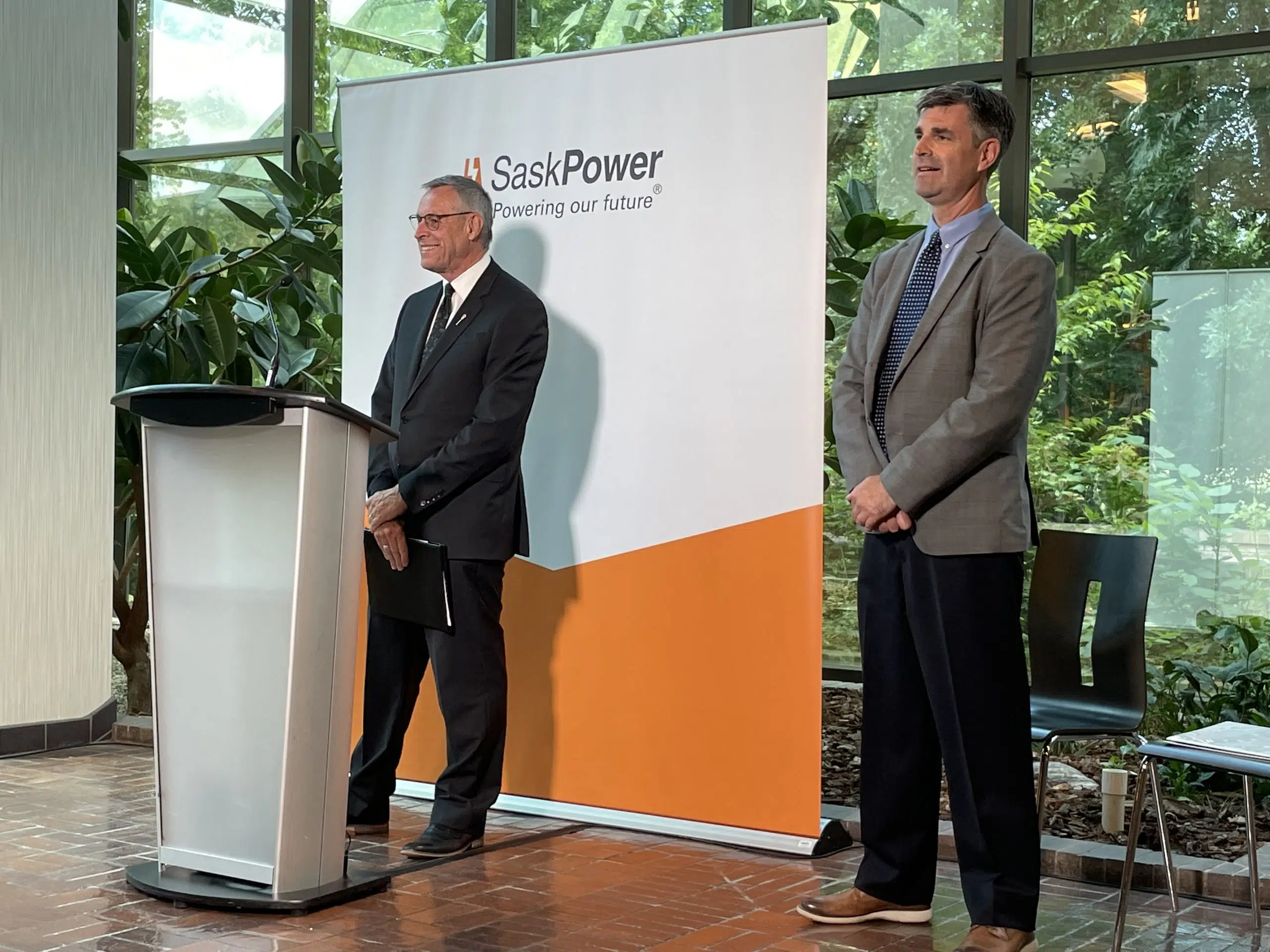While a final decision on whether Saskatchewan will deploy small modular reactors (SMRs) is still years away, SaskPower has chosen the model of reactor it would use.
The model chosen is a GE-Hitachi BWRX-300.
SaskPower said factors including safety, technology readiness, generation size, fuel type and expected cost of electricity went into the decision. The selected technology will be developed in Canada in the near future, which offers the benefits of mitigated risk and reduced cost.
“Today’s announcement marks an important milestone on Saskatchewan’s path to a cleaner energy future and a significant step forward to a more sustainable Canada,” said Don Morgan, Minister Responsible for SaskPower, during the announcement Monday.
Morgan said the General Electric technology was chosen after “extensive planning, evaluation and rigour.”
Troy King, interim President and CEO at SaskPower, said SaskPower conducted its own independent examination of various technologies to determine which would be best for Saskatchewan. The process has been happening since 2019.
The province is still in the middle of its planning and assessment phase to decide whether or not it will, indeed, deploy SMRs, which would happen in the mid-2030s. SaskPower said technology had to be chosen to continue with the planning, regulatory and licensing work.

SaskPower announces the model of small modular reactor it’s chosen for potential deployment in Saskatchewan. June 27, 2022 (Libby Giesbrecht/650 CKOM)
An affirmative decision to begin building the plant would need to happen by 2029.
“Today marks the beginning of an exciting relationship between SaskPower and GE-Hitachi, a leader in the nuclear energy field, that has the potential to benefit SaskPower and Saskatchewan for many decades to come,” King said in the news release.
“A future where safe, reliable power is free of greenhouse gas emissions,” said King at the announcement.
The province won’t make a final decision on whether to use SMRs in its power generation until 2029. In March, Saskatchewan, along with the other provinces involved in the SMR memorandum of understanding, released a strategic plan for their deployment.
The same technology has been selected for use in Ontario, where they expect to have their own nuclear reactors operational by late 2028 or early 2029.
“We’ll sort of follow in their footsteps wherever we can,” Morgan said.
He added that Saskatchewan and Ontario will be able to collaborate, share resources and streamline the two projects to reduce costs and more easily navigate regulatory processes.
The next steps for Saskatchewan’s nuclear energy plan include extensive evaluation on possible sites and completing an impact assessment as part of the federal regulatory process which requires significant public consultation.
Morgan said their goal is to allow for all regulatory needs to be met but to move forward in their timeline as much as can reasonably be expected.
At any point, Morgan said the province could decide to not progress further with the nuclear energy project.
“Each one of those would be a decision point where the province may decide not to go ahead,” he said.











